Why “Coast of olive trees”?
An article by Armando Orlando
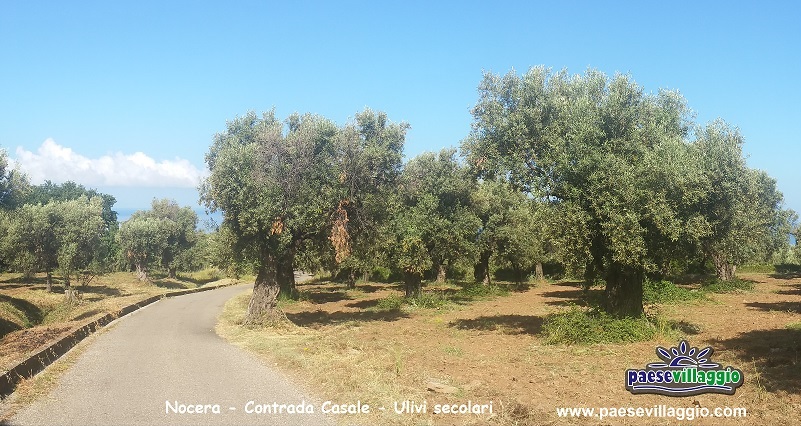
Oil, wine and wheat are the components of what the French historian Fernand Braudel called “Mediterranean trinity”; and they are also the three basic elements of the Mediterranean diet. Oil, wine and white bread, however, have been the food of the wealthy classes for centuries, while the popular diet was based on herbs, leaves, legumes and black bread.
Today, fortunately, among the social classes there is no longer that great difference in food consumption, and bread, oil and wine are more affordable for everyone.
Oil, wine and wheat … fundamental elements that also characterize the lands we have called Coast of olive Threes, “Costa degli Ulivi”, and among our objectives there is also the commitment to spread the culture of “eating Mediterranean”. Objectives that we want to pursue and achieve with the use of skills, experience and professionalism.
…………………………………………………………………
“The survival of human societies depends on satisfying food needs”
Igor De Garine
… … ………………………………………………………………
BRIEF HISTORY ON OLIVE CULTURE
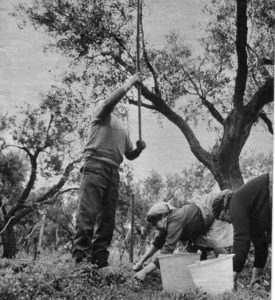 The oldest cultivation and use of the olive are attributable to populations settled on the hills south of
The oldest cultivation and use of the olive are attributable to populations settled on the hills south of
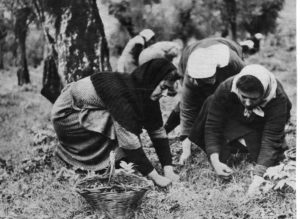 the Caucasus and west of the Iranian plateau. Then, through Syria and Palestine, the olive tree reached the coasts of Asia Minor, the Aegean islands, the African coastal countries, the Iberian peninsula and Italy, to reach southern Gaul and, from Marseille, in the valley of the Rhône. Syria, Palestine and Egypt were, in fact, the most lively hotbeds of the Neolithic civilization, during w
the Caucasus and west of the Iranian plateau. Then, through Syria and Palestine, the olive tree reached the coasts of Asia Minor, the Aegean islands, the African coastal countries, the Iberian peninsula and Italy, to reach southern Gaul and, from Marseille, in the valley of the Rhône. Syria, Palestine and Egypt were, in fact, the most lively hotbeds of the Neolithic civilization, during w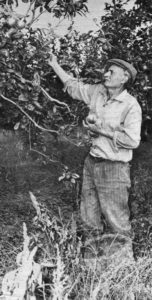 hich the man continued to hunt, but for those peoples the primary source of subsistence became the land, and therefore agriculture.
hich the man continued to hunt, but for those peoples the primary source of subsistence became the land, and therefore agriculture.
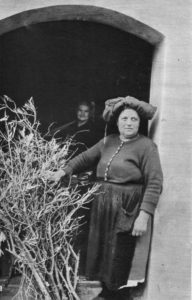 The most important diffusers of olive cultivation were the Phoenicians, who began on the island of Cyprus in the 16th century before Christ. In Italy the plant came by the Phoenicians and Greeks; first in Sicily, and then in Calabria, Lucania, Puglia and Campania. In Lazio it arrived in the sixth century, and from there it spread to Sabinia, Sannio, Piceno, Veneto and finally Liguria.
The most important diffusers of olive cultivation were the Phoenicians, who began on the island of Cyprus in the 16th century before Christ. In Italy the plant came by the Phoenicians and Greeks; first in Sicily, and then in Calabria, Lucania, Puglia and Campania. In Lazio it arrived in the sixth century, and from there it spread to Sabinia, Sannio, Piceno, Veneto and finally Liguria.
In the Roman imperial age the plant had permanently conquered the whole Mediterranean area, and due to the crushing of the olive tree the animal energy, usually coming from the donkey, began to be used, yoked to turn the grinding wheel.
And for years, for centuries the cultivation and production of oil have marked and sustained the domestic economy of each family. So it was also in our parts, until the definitive disappearance of the rural civilization.